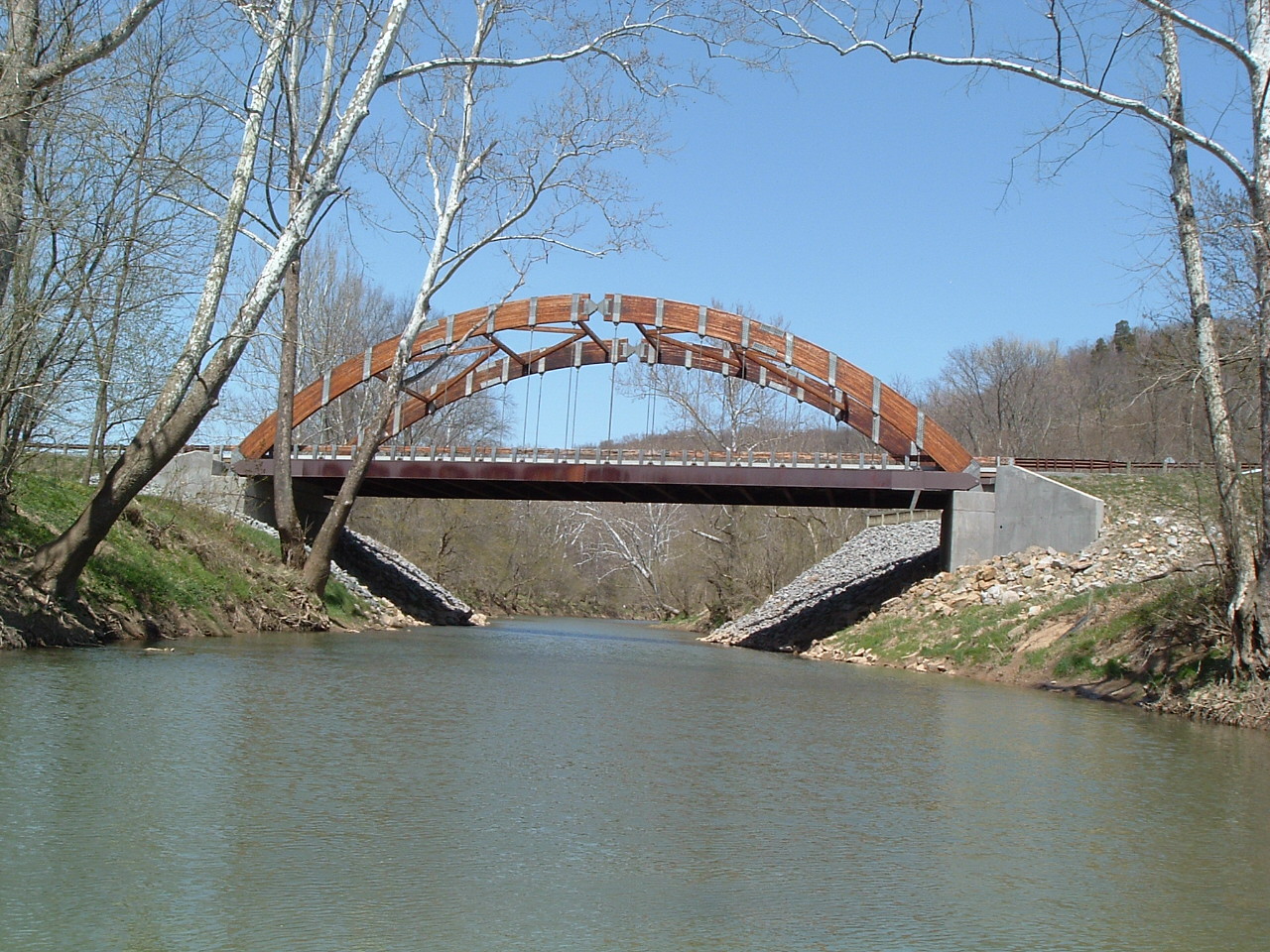
About
Dunkard Creek is a stream that flows 36.9 miles through Greene County, Pennsylvania and Monongalia County, West Virginia, near the towns of Mount Morris, Pennsylvania, and Blacksville, West Virginia
Visit us on facebook and like our page
Dunkard Creek Watershed

Promote Your Page Too
Welcome to
The Dunkard Creek Watershed
home of Dunkard Creek
Contact 304-816-2669 and/or betty@dunkardcreek.org
The Dunkard Creek Watershed comprises 150,177 acres (234.65 square miles) in West Virginia and Pennsylvania. The creek meanders eastward back and forth across the famous Mason and Dixon Line. It is formed by the confluence of Pennsylvania and West Virginia Forks, receives water from 80+ tributaries, then flows for 36 miles into the Monongahela River near the village of Poland Mines, Pa.
In 1995, the Dunkard Creek Watershed Association, Inc., was created with assistance from the West Virginia Department of Environmental Protection (WVDEP), in a statewide movement toward public stewardship of natural resources. Until then, most people seldom if ever considered the fact that they were living in a “watershed.” What is a watershed? A geographic area that contains a common outlet, such as a stream, river, lake or wetland, into which water drains. In Pennsylvania, the Greene County Watershed Alliance and Friends of Dunkard Creek provide stewardship for this two-state waterway.
Dunkard Creek has been stocked with muskie fingerling for the past 50 years by the West Virginia DNR, and abounds in considerable numbers of the large “fish of 10,000 casts.” Dunkard looks like a good place to fish and lots of people try it out. They do not report the results of their angling efforts. There are bass, suckers, carp, drum, catfish, etc., and various darters. DNR websites have details from their stream surveys.
A disastrous and apparently untraceable golden algae bloom wiped out all gill-breathers in Dunkard Creek in August/September 2009. That included all fish, aquatic salamanders (mudpuppies and hellbenders), crayfish, and most significantly, 17 species of mussels, a couple of them endangered. The stream cleared up within weeks and fish recovered rapidly. The DNR is conducting a mussel restocking program, the results of which will not be evident for a long time, i.e., decades. Dunkard’s mussel population was unique, and its destruction unprecedented.
Kayaking and canoeing are popular activities on Dunkard Creek. Fairly accessible launch sites are found at several locations, including Mason-Dixon Historical Park.
There are coal mines and, more recently, gas drilling operations in the Watershed. The biggest impact has been sedimentation from road and site-building (sedimentation is a serious problem for Dunkard Creek and all other streams in both states). The golden algae bloom was probably linked to drilling waste and coal mine discharge. See Float Trips and More for some details.
September, 2009
 Dunkard Creek is undergoing what has been called a total
ecological
disaster starting in September, with every living aquatic
creature in the stream being killed. The stream is being decimated by
sources and substances as yet unidentified. West Virginia and
Pennsylvania officials are on the stream daily testing and
investigating to pinpoint the problem and find a solution. No official
results have been released yet. Muskie fishermen especially are
mourning the loss of majestic muskie (photo).The Dunkard Creek
Watershed Association, Inc. (DCWA), is a nonprofit
501 (c)(3) W.Va. corporation formed in 1995 by local citizens with help
from the W.Va. Dept. of Environmental Protection (WVDEP). The DCWA is
made
up of volunteers and open to the public, especially people who live in
the 150,000-acre Dunkard Creek watershed, shown on the home page map.
Dunkard Creek is undergoing what has been called a total
ecological
disaster starting in September, with every living aquatic
creature in the stream being killed. The stream is being decimated by
sources and substances as yet unidentified. West Virginia and
Pennsylvania officials are on the stream daily testing and
investigating to pinpoint the problem and find a solution. No official
results have been released yet. Muskie fishermen especially are
mourning the loss of majestic muskie (photo).The Dunkard Creek
Watershed Association, Inc. (DCWA), is a nonprofit
501 (c)(3) W.Va. corporation formed in 1995 by local citizens with help
from the W.Va. Dept. of Environmental Protection (WVDEP). The DCWA is
made
up of volunteers and open to the public, especially people who live in
the 150,000-acre Dunkard Creek watershed, shown on the home page map.

West Buckeye Bridge by Mason-Dixon Historical Park, on Dunkard Creek WV. West Buckeye Bridge by Mason-Dixon Historical Park, on Dunkard Creek WV.